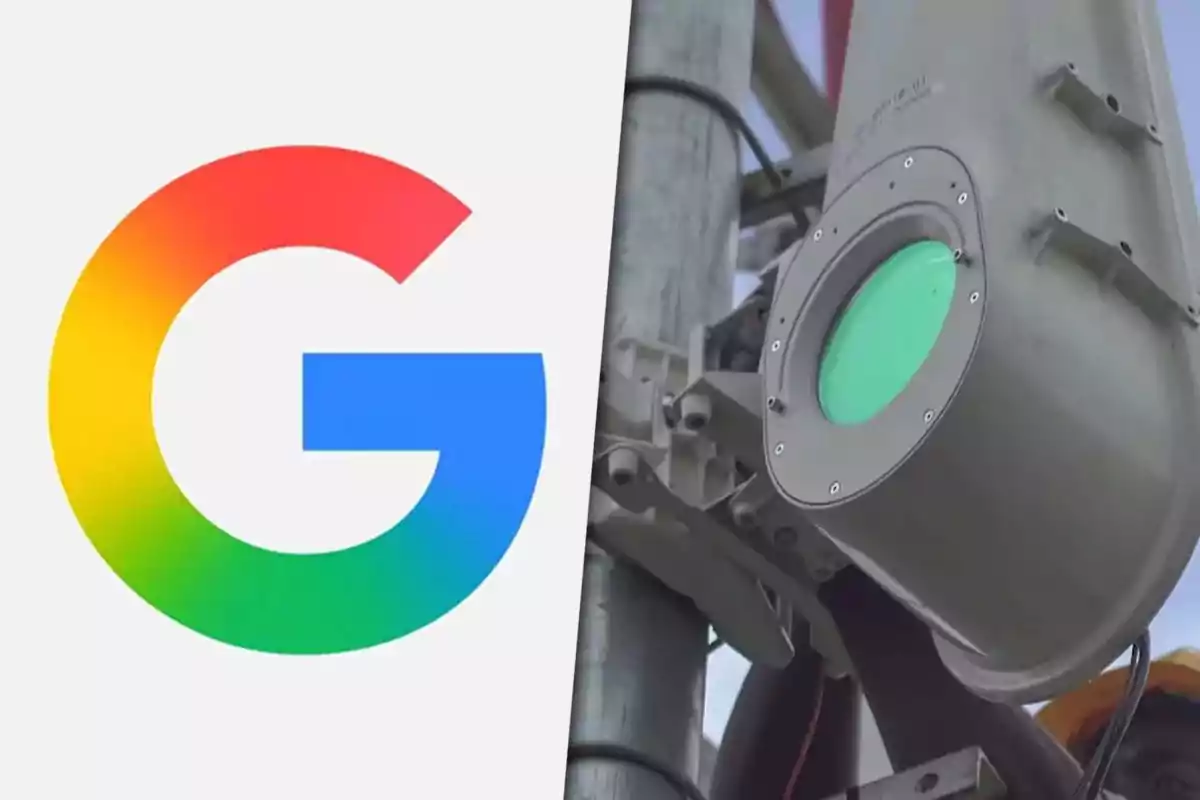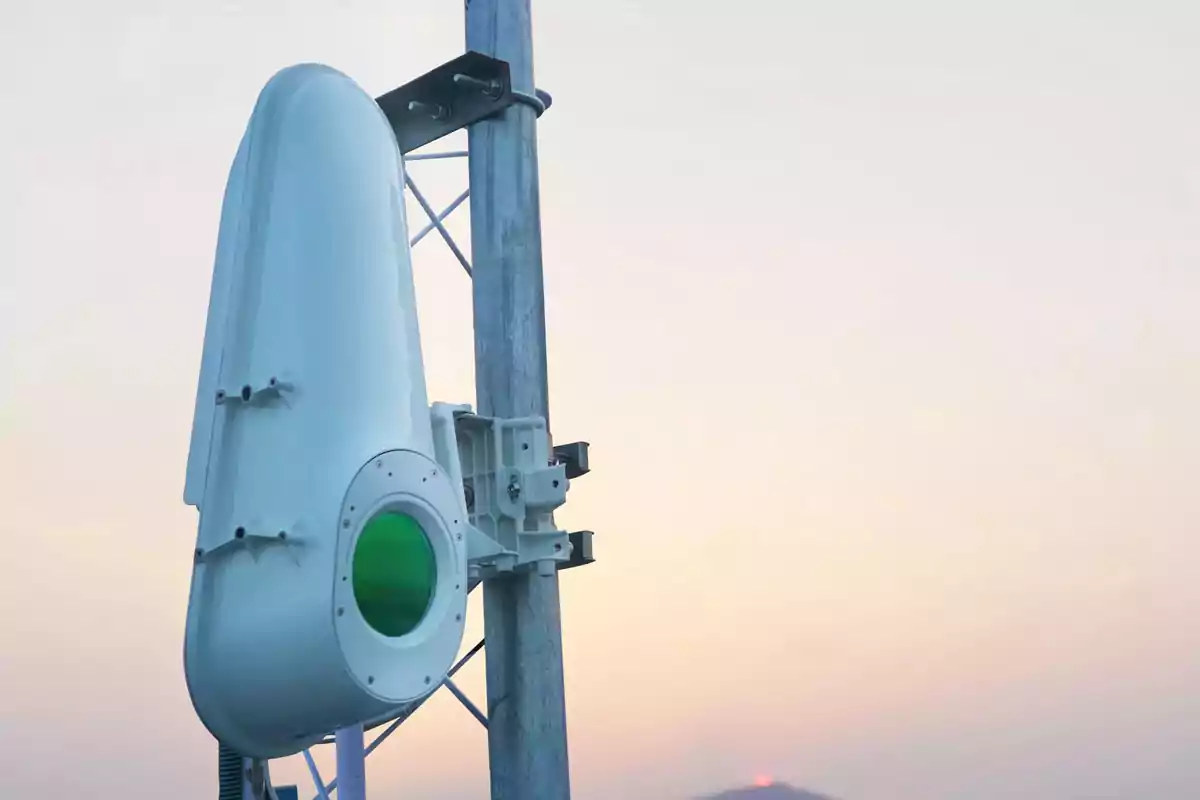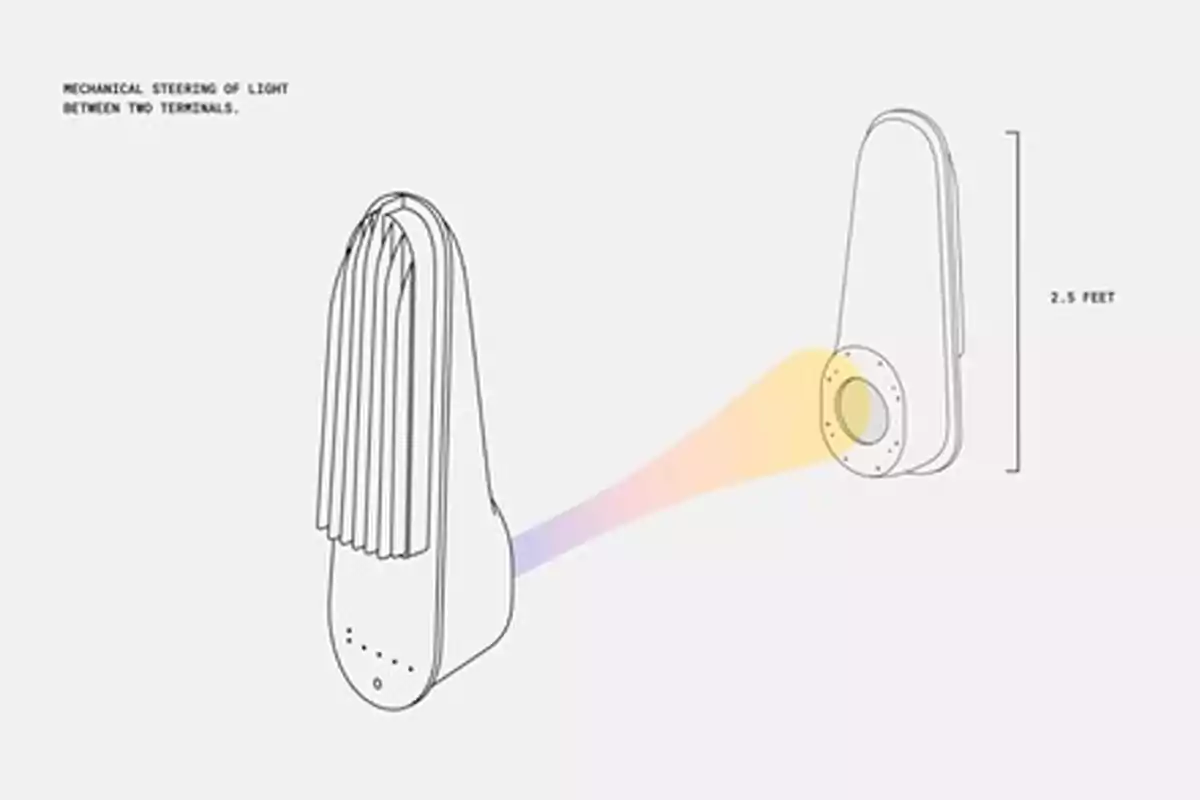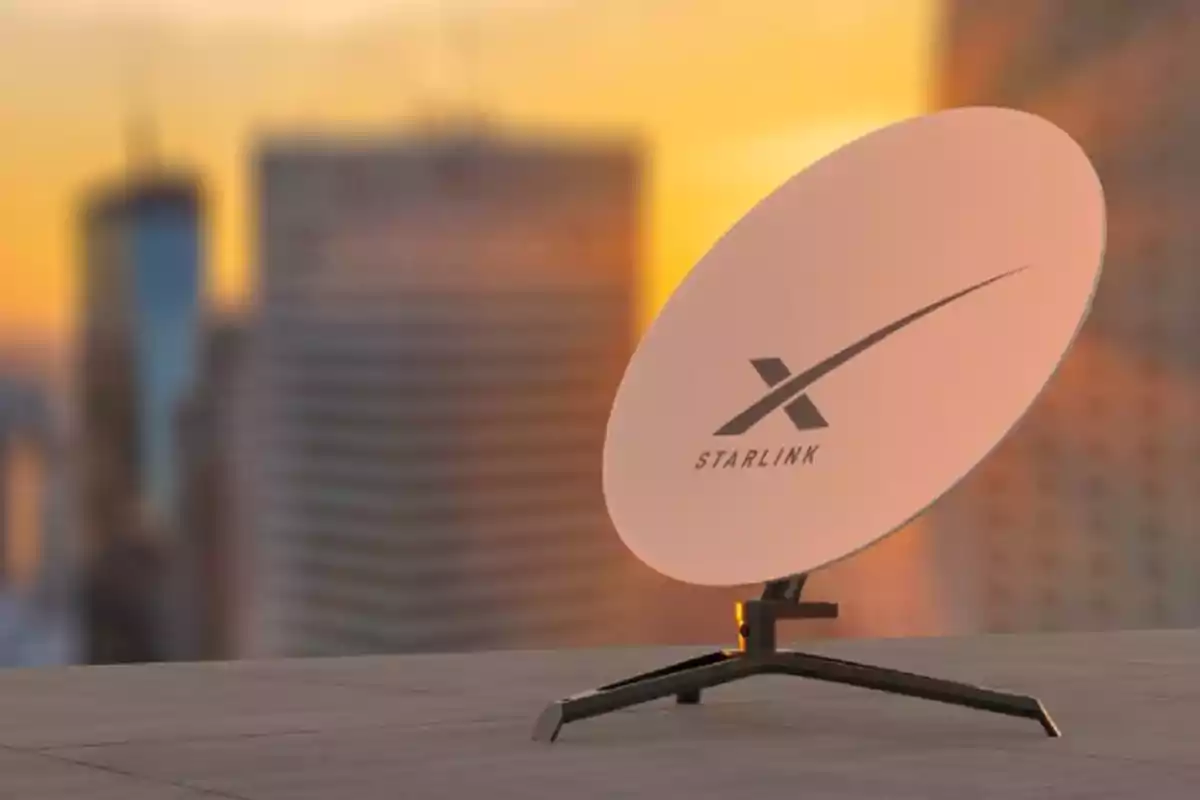
Google enters the competition with Starlink with a faster and more affordable internet system
Google introduced Taara, a wireless internet system without cables or satellites that reduces costs and reaches areas without coverage
Google is entering the global connectivity business with an innovative solution. Unlike Starlink or Amazon, it isn't targeting space, but is instead betting on a terrestrial network with a laser light beam.
The project is called Taara and promises to deliver high-speed internet without cables, without satellites, and at a much lower cost. It's already operating in different environments and is positioning itself as an alternative to traditional solutions.

How Google's internet system works
Taara is based on a transmission system using beams of light that travel through the air. This avoids the need to install cables or underground infrastructure. In addition, it doesn't rely on satellites, which drastically reduces costs.
Its installation is fast and it can be deployed in urban, rural, or mountainous areas, or even over bodies of water. This makes it possible to bring connectivity to places where fiber optic can't reach or where it would be too expensive to do so.
Lower energy consumption
One of the main advantages of this system is its low energy consumption. Taara uses only 40 watts, making it much more efficient than other options on the market.

How it differs from satellite internet like Starlink
Unlike Starlink, Google is betting on a terrestrial approach that reduces costs and speeds up deployment. This makes it a more accessible option for developing countries.
In addition, since it doesn't require heavy infrastructure or complex equipment, it facilitates coverage expansion in places with geographic or economic barriers.

More competition in the market
The landscape is becoming more competitive with the entry of AST SpaceMobile, another company seeking to revolutionize connectivity. Its proposal is to provide direct satellite broadband to cell phones without the need for antennas or routers.
Its goal is to connect areas without cellular coverage, offering concrete alternatives to reduce the digital divide. In this context, Google's Taara system is emerging as a strong option for the future of connectivity.
More posts: